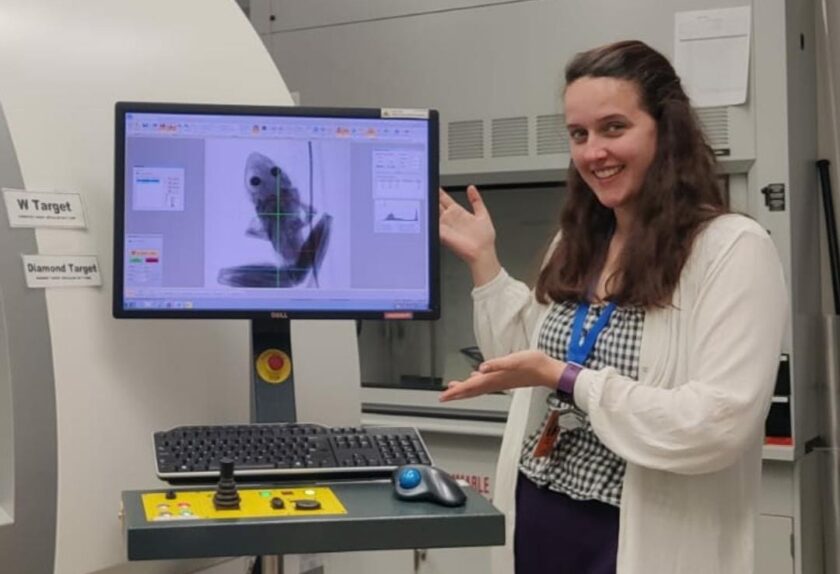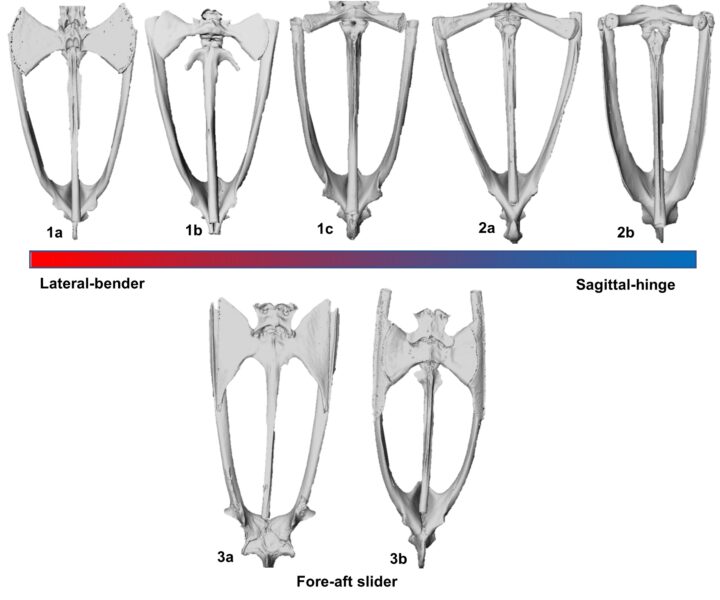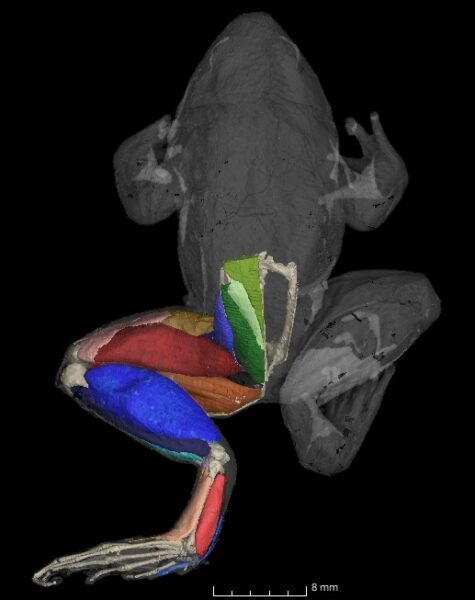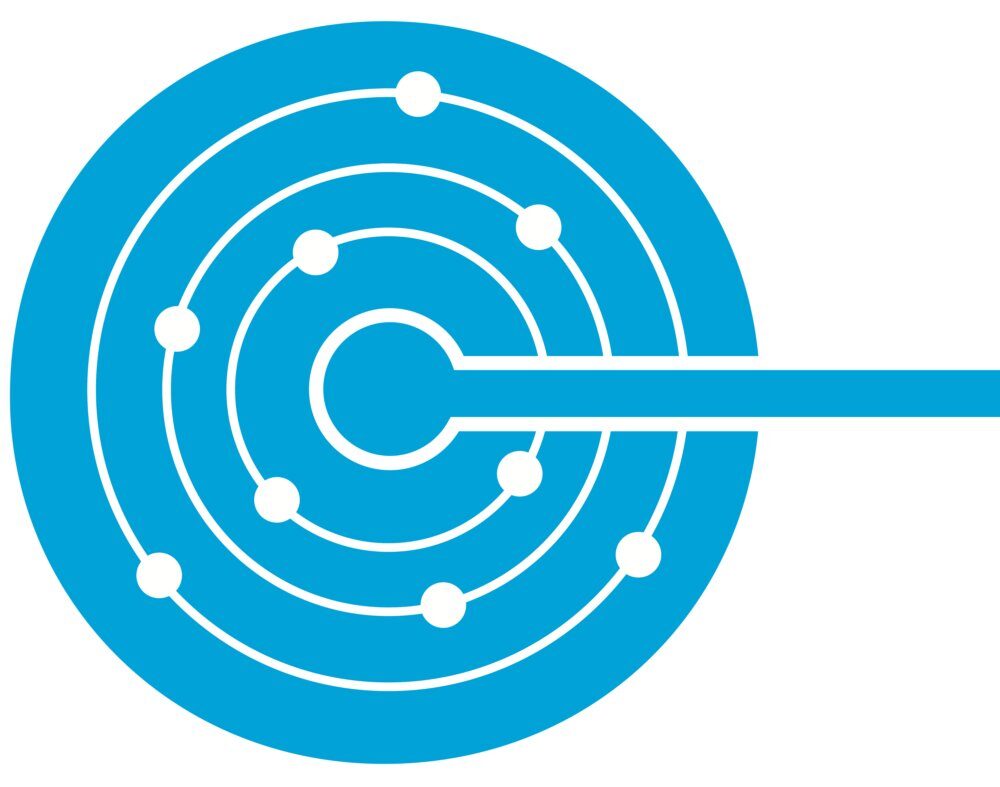By Jaimi Gray
I recently sat down with NoCTURN member Alice Leavey to ask her about her tomography journey and her involvement in NoCTURN. Alice is one of our most active international members and is part of the Findability working group and the Education and Outreach community...

Alice (ORCID) is currently a postdoc in Laura Porro’s lab at University College London in the Centre for Integrative Anatomy. She is working with Laura on a UKRI funded grant on development of reptile skull shape and how reptile skulls have evolved. She is specifically looking at how chameleon skull shape and jaw musculature changes as they grow and also how that can differ between males and females. Alice is doing lots of CT scanning, some diffusible iodine-based contrast-enhanced CT (diceCT), and segmentation. I asked Alice what other projects she has worked on in the past.

“For my PhD I mainly worked on frogs, that was more of a comparative anatomy approach across different species. I looked at how frogs specializing in different locomotor functions have different anatomy in their hindlimb and pelvis. A frog that’s really good at jumping has larger calf muscles, compared to frogs that are good at burrowing, for example. That was my first experience with CT scanning and the world of anatomy. Before that I was studying insect mimicry – something completely different.”
I asked Alice if she’d ever go back to working on insects. Alice laughed and explained that after her experiences working with the open Vertebrate team at the University of Florida, she wanted to keep working on vertebrates – “this is where the cool people are!”. You can read more about Alice’s research in her recently published papers on skeletal proportions in frogs and comparative muscle anatomy of the frog pelvis and hindlimbs.

Alice explained that she first got into tomography during her PhD…
“The PhD project I was on was part of a doctoral training program [LIDo]. I chose the frog project because it was about evolution. I got into CT scanning through that, but because I was doing my PhD during the pandemic, I didn’t actually get to do any CT scanning for the first few years until I saw the oVert project. I was awarded the Bogue Fellowship through UCL, which funds trips to the US for knowledge exchange. So that’s when I met you [Jaimi Gray], Dave [Blackburn] and Ed [Stanley], and everyone else that is at the forefront of CT scanning in Florida. That’s when I got really interested in it and actually being able to get hands-on with it and learn about the process. And then I knew that in the next stages of my career; I wanted to stay hands-on. Being entirely computational has its advantages, but CT scanning and actually getting to work in the lab was fun – it feels like biology, chemistry, and physics all rolled into one. Especially doing diceCT – actually getting to put a lab coat on and mix up chemicals, deal with big pieces of machinery, and also being able to chill at home and do some “coloring” at the end of a really long week is actually quite nice. It’s just fun, really!”
Alice is broadly interested in studying the relationship between form and function and how that changes through evolutionary time. So far, she has enjoyed investigating evolution, but in the future, Alice hopes to shift her focus. “In a nutshell, I want to improve digital models in education. Which is why I like this group [NoCTURN Education and Outreach Community] so much!” Alice went on to explain that she would like to focus specifically on veterinary education.

I asked Alice – What do you feel has been the most valuable thing for you about being part of the NoCTURN community?
“The fact that it’s a big community, a big network. I still feel like I’m at the forefront of this [tomography] even though I’m using it for specific research right now. It’s nice to know that there’s an online community that you can be in touch with. Everyone discusses different things regularly. It’s a community that is really useful to be a part of.
There’s so many challenges I’ve experienced along the way while working on CT data, and it feels good to know that I’m part of a community that’s actively working to do something about those challenges, and to know that I’m not the only one.
In particular, I like being part of Findability, and Education and Outreach, because they’re both working on things that I think need to be changed.”
Alice has been helping the Findability working group on the NoCTURN CT lab world map. She has also been playing an active part in the Education and Outreach community, helping out wherever she can. We appreciate you Alice!
